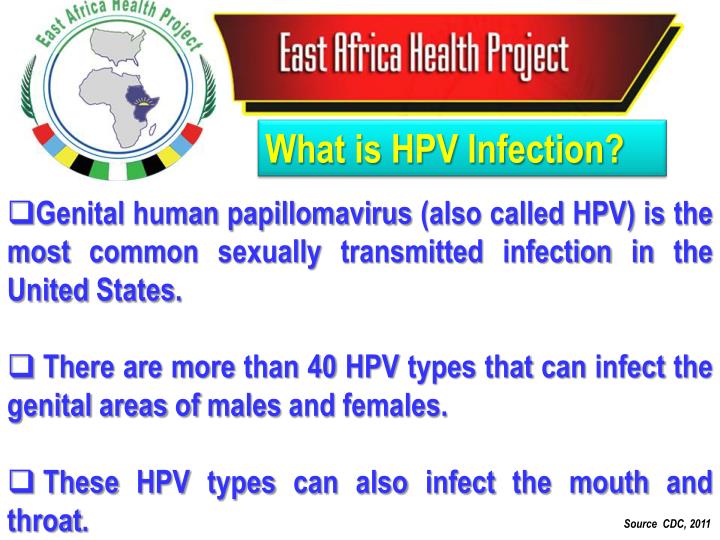How Is Hpv Transmitted
(HPVs) are a group of more than 200 related viruses. More than 40 HPV types can be easily spread through direct sexual contact, from the skin and mucous membranes of infected people to the skin and mucous membranes of their partners. They can be spread by vaginal, anal, and oral sex (). Other HPV types are responsible for non-genital, which are not sexually transmitted.
Lynda Php Mysql Essential Training Exercise Files Download. Sexually transmitted HPV types fall into two categories: • Low-risk HPVs, which do not cause cancer but can cause skin warts (technically known as condylomata acuminata) on or around the genitals and anus. For example, HPV types 6 and 11 cause 90% of all genital warts. HPV types 6 and 11 also cause recurrent respiratory papillomatosis, a less common disease in which grow in the air passages leading from the nose and mouth into the lungs. • High-risk HPVs, which can cause cancer. About a dozen types have been identified.

HPV stands for human papillomavirus. It’s the most common sexually transmitted infection. HPV is usually harmless and goes away by itself, but some types can lead to cancer or genital warts.
Two of these, HPV types 16 and 18, are responsible for most HPV-caused cancers (, ). HPV infections are the most common sexually transmitted infections in the United States. About 14 million new genital HPV infections occur each year ().
In fact, the Centers for Disease Control and Prevention () estimates that more than 90% and 80%, respectively, of sexually active men and women will be infected with at least one type of HPV at some point in their lives (). Around one-half of these infections are with a high-risk HPV type (). Most high-risk HPV infections occur without any symptoms, go away within 1 to 2 years, and do not cause cancer. Some HPV infections, however, can persist for many years. Persistent infections with high-risk HPV types can lead to cell changes that, if untreated, may progress to cancer. Which cancers are caused by HPV? High-risk HPVs cause several types of cancer.
•: Virtually all cases of cervical cancer are caused by HPV, and just two HPV types, 16 and 18, are responsible for about 70% of all cases (, ). •: About 95% of anal cancers are caused by HPV. Most of these are caused by HPV type 16. • (cancers of the middle part of the throat, including the, the base of the tongue, and the ): About 70% of oropharyngeal cancers are caused by HPV. In the United States, more than half of cancers diagnosed in the oropharynx are linked to HPV type 16 (). • Rarer cancers: HPV causes about 65% of vaginal cancers, 50% of vulvar cancers, and 35% of penile cancers ().
Most of these are caused by HPV type 16. Types cause approximately 5% of all cancers worldwide (). In the United States, high-risk HPV types cause approximately 3% of all cancer cases among women and 2% of all cancer cases among men (). How is HPV transmitted?
Anyone who has ever been sexually active (that is, engaged in skin-to-skin sexual conduct, including vaginal, anal, or oral sex) can get HPV. HPV is easily passed between partners through sexual contact. HPV infections are more likely in those who have many sex partners or have sex with someone who has had many partners. Hewlett-packard Hp Compaq Dc7800 Drivers. Because the infection is so common, most people get HPV infections shortly after becoming sexually active for the first time (, ). A person who has had only one partner can get HPV. Someone can have an HPV infection even if they have no symptoms and their only sexual contact with an HPV-infected person happened many years ago. Can HPV vaccines prevent HPV infection?